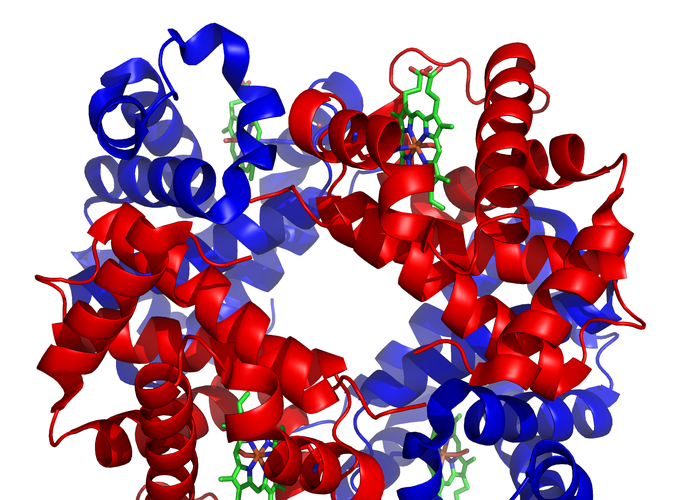Globular proteins are a key component of the network of life. The protein problem is one of formidable complexity. The number of degrees of freedom of the protein atoms as well as the surrounding water molecules, which play an essential role in the folding process, is enormous. Physics has provided an understanding of the essential features underlying the phases of inanimate matter in terms of the principles of geometry and symmetry. A similar simple understanding of the physics of proteins has been lacking. Our work points to a unification of the various aspects of all proteins: symmetry and geometry determine the limited menu of folded conformations that a protein can choose from for its native state structure; these structures are in a marginally compact phase in the vicinity of a phase transition and are therefore eminently suited for biological function; these structures are the molecular target for the powerful forces of evolution; proteins are well-designed sequences of amino acids which fit well into one of these predetermined folds; and proteins are prone to misfolding and aggregation leading to the formation of amyloids, which are implicated in debilitating human diseases such as Alzheimer’s, light-chain amyloidosis and spongiform encephalopathies. The experimental data and the new approach reveal an astonishing simplicity underlying the protein problem. Based on the lesson learnt from biopolymers we have presented a framework for the predictive design of nano-machines. Even in the absence of sequence heterogeneity, protein-like behavior is obtainable for a simple chain molecule with “context” dependent interactions
Proteins, Bio-Polymers and Nano-Machines
